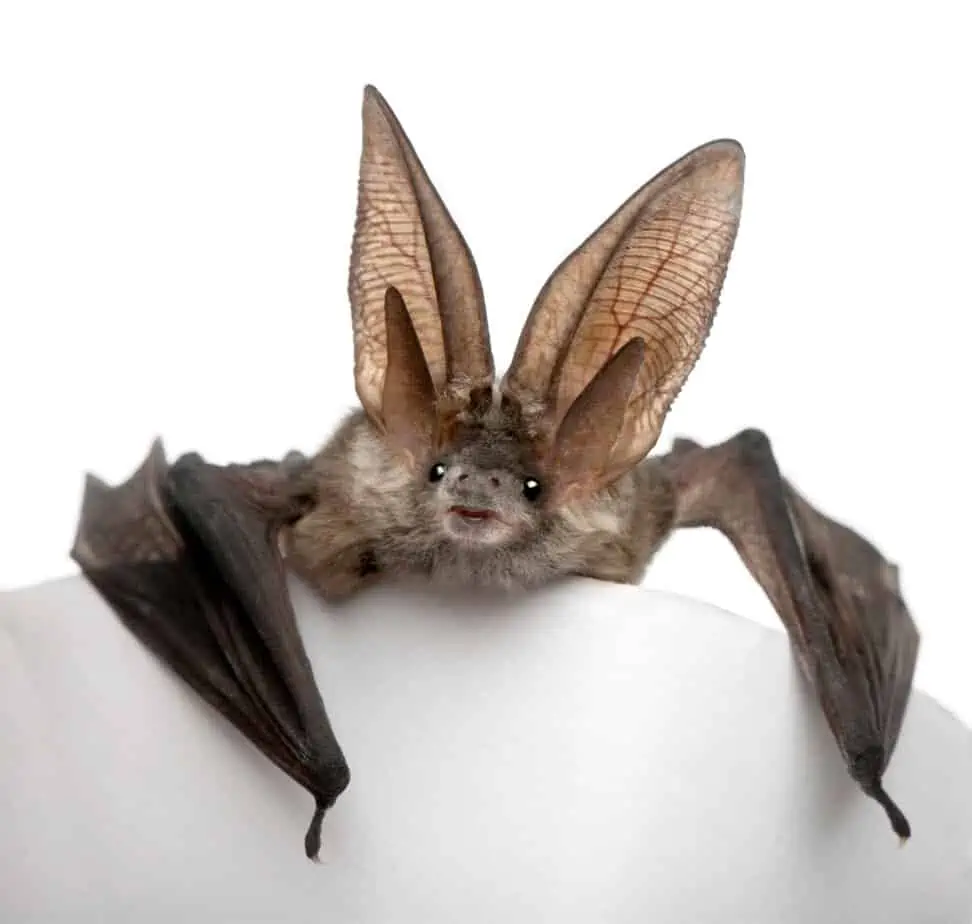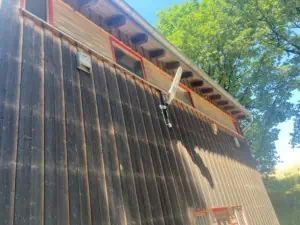Golf and Biodiversity: More habitats for bats
They have lived on earth for over 50 million years. They wear fur like a mouse, can fly like a bird, see with their ears. They are very shy and lightning fast when hunting – bats are mysterious creatures of the night that feel at home on many golf courses. Native mammals are considered industrious insectivores and make an important contribution to the ecological balance.
Bioindicator for intact habitats
Due to climate change, mosquitoes that transmit exotic diseases are now native to our country. Bats are the only animals that hunt insects at night using ultrasound and echolocation. They are the only natural enemy of insects during darkness, because songbirds are asleep at this time. Bats thus fulfill an important function in the cycle of nature. They are also a bioindicator of intact habitats. On more and more golf courses the “Batmens” become native. “Disorder is biodiversity” – this is the credo of the Biodiversity Officer of the German Golf Association, Dr. Gunter Hardt. Meanwhile, most golf courses are not only a green “sports field”, but also home to many species of animals and plants, but one species often lives in hiding.
It is unknown how large the number of bats on golf courses is. “There are rare species of bats native. The animals are found in old buildings or in trees with cavities. The bats feel comfortable on the golf courses. These mammals have a sensitive sense of hearing that can tolerate little noise. Golfers do not disturb the bats because golf is a quiet sport. With the ponds created and a vegetation structure in which insects feel at home, the bats find enough food on the courses,” explains Dr. Hardt. He advises against settling bats: “If the habitat is right, they will come all by themselves,” he says.
Bats like to live here
The honorary Bat Officer Markus Liebl from Grafenwöhr in Germany knows what needs to be done for bats to naturalize in a place: “They need a draft-free and dry place. A stable shed is ideal. Entry holes about 10 centimetres high and 20 centimetres wide should be drilled there. That way, bats can get in, but not pigeons,” Liebl advises.
Surveys of the bat population are difficult to make, according to Markus Liebl, because only the nesting boxes and animals under the roofs are checked. “These,” the expert said, “are just the tip of the iceberg.” Liebl says: “Forestry is currently removing a lot of trees. Large and old trees with cavities can’t develop this way. “Also, old houses are insulated and so there are no entry points for the nocturnal animals.” Liebl estimates that the bat population is stagnant.
More and more golf courses, he says, are providing an ideal retreat and habitat for wildlife. Golf courses have areas where mammals can live undisturbed. If special bat boxes are placed on trees and buildings, this could encourage the nocturnal insect hunters to settle.
For example, three bat boxes were installed at the Erding-Grünbach Golf Club, all of which are now occupied. Water features and flowering areas for insects with diurnal and nocturnal flowering plants also provide food sources for nocturnal bats.
There are 25 different bat species in Bavaria. The smallest, is the pygmy bat, which has a maximum body length of five centimetres. Nevertheless, this tiny insect eats up to 1,000 mosquitoes in one night. “During my bat consultations, I often get feedback that since bats are on site, people are hardly bothered by mosquitoes,” Liebl reports.
However, bats to this day do not get rid of their ambiguous image: the fear of the little animals is, according to the bat commissioner, but unfounded. Although the animals could theoretically transmit rabies, Markus Liebl considers this to be virtually impossible. Throughout Germany, he is aware of about two dozen cases of rabies. “The only way rabies would be transmissible is if you pick up the bats and get bitten. Golf is played during the day. Bats are out at night. Moreover, they do not approach people on their own,” the expert says.
Environmental changes have led to drastic population declines of native bat species in recent decades. Their populations are now endangered or threatened with extinction. However, the flying mammals, which have been a protected species since 1936, are now finding new habitats on more and more golf courses.








 All images: The Wisley Golf Club
All images: The Wisley Golf Club